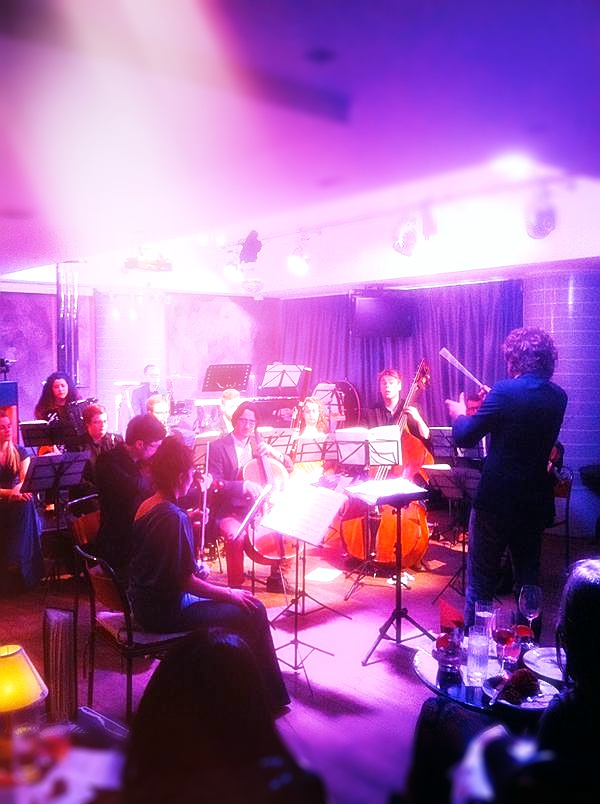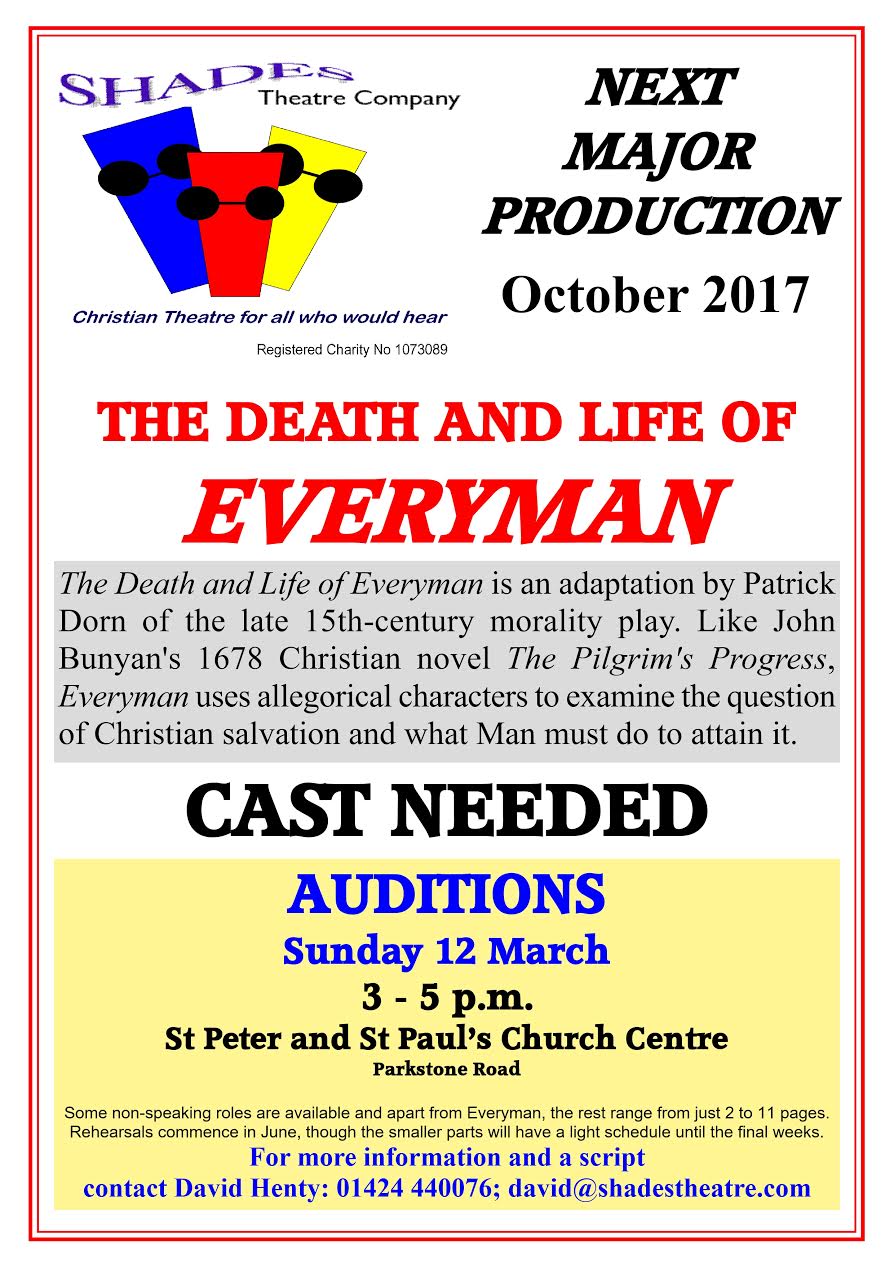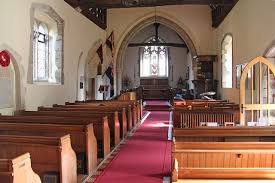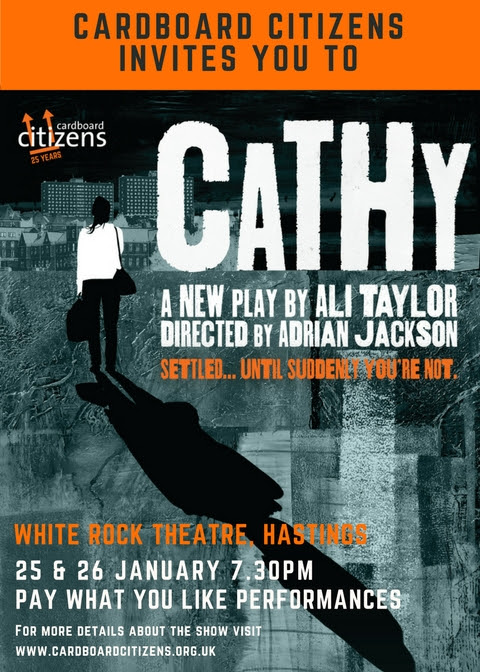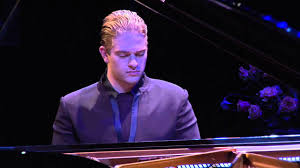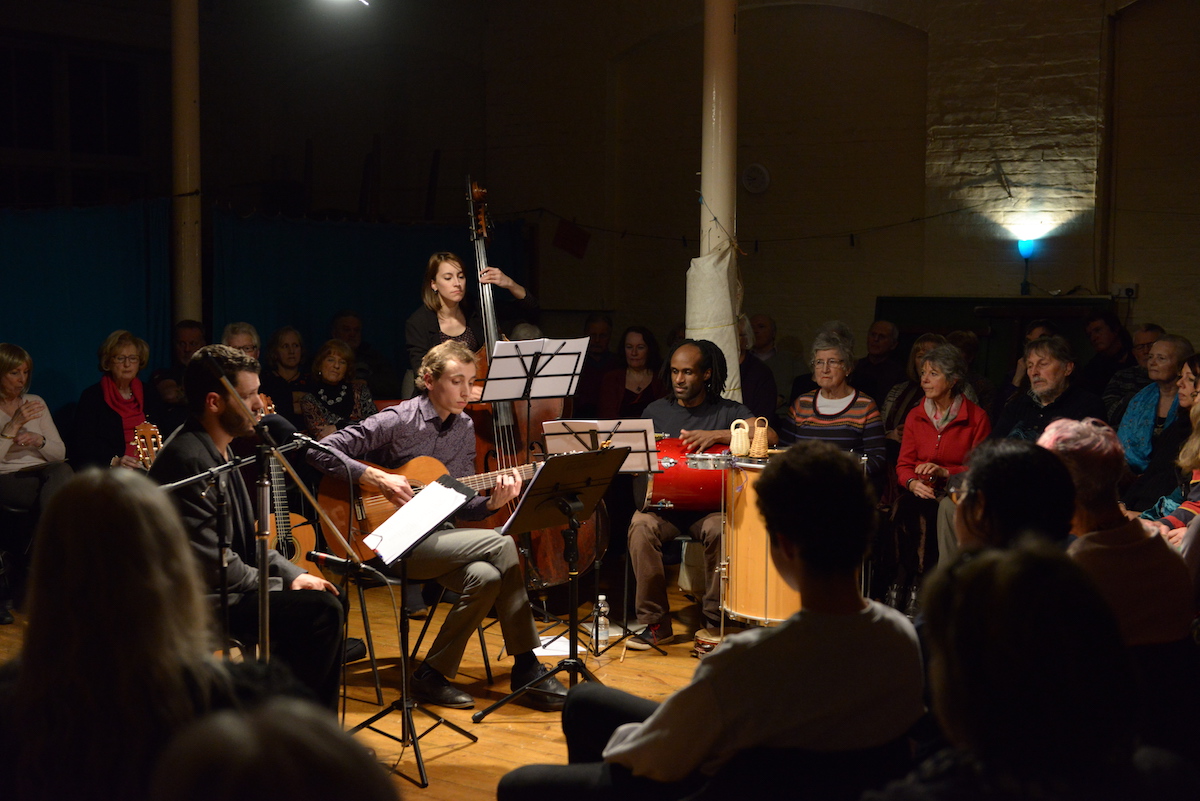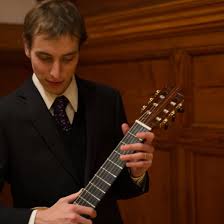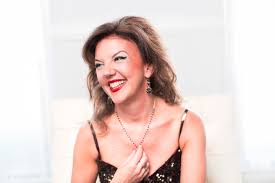Led by South Coast native William Kunhardt, the Arensky Chamber Orchestra (ACO), Britain’s orchestra of revolutionaries, make their South Coast debut in March 2017.
Their first project, Sea Fever, is a classical experience inspired by the ocean. Sea Fever will tour the Cultural Coastal Trail Galleries, with performances at Eastbourne’s Towner Gallery on March 4th, Bexhill’s De La Warr Pavilion on March 8th, and Hastings’ Jerwood Gallery on March 10th. See seafevertour.com for more. It will be followed by Aulanko, an exploration of Sibelius’s 5th Symphony, at Eastbourne’s new Birley Centre in June. Classical Music. But not as you know it.
The ACO specialises in gripping performance and mind-opening presentation. Its mantra is to make classical music more social, meaningful and dramatic, without losing any of its depth or sincerity. They work with mixologists to invent cocktails inspired by the music, served during concerts. They host pre-concert ‘warm up acts’ and post-concert ‘chamber jams’. They also give ‘live programme notes’ where the orchestra tells the story of the music from the stage. They shun concert halls, preferring clubs, galleries, and urban spaces. The orchestra’s main performances are of Masterpieces in Miniature – large orchestral works reduced for chamber ensembles of 16-20. ‘They allow us to take music out of large, impersonal concert halls and into more intimate, modern settings’ says ACO Director of Collaboration Eddy Hackett. ‘They also reveal fascinating details in the music that get missed in the full versions’. In Sea Fever, the orchestra will perform world premieres of Britten’s Sea Interludes and Debussy’s La Mer ‘in miniature’.
The ACO has recorded for Classic FM, worked with leading soloists like Benjamin Grosvenor and Jennifer Pike, and collaborated with artists ranging from video DJs to dancers. The group’s players are the most indemand young artists in the country. They come from major orchestras, like the Royal Philharmonic and London Symphony, and leading chamber music groups. In 2016, the orchestra enjoyed its second 100% sell-out season in a row, won praise from the critics of the Telegraph, Guardian and Independent, and saw the average age of its listeners fall 10 years below leading statistics. For more, visit www.theaco.co.uk. Building a permanent home in the South East Sea Fever is funded by the Arts Council and aims to build the foundations for a permanent, year-round ACO series in the region. This series will give local artists in many genres opportunities to collaborate with the orchestra, creating a new culture of innovation and cross-arts collaboration throughout the region. In time, it will redefine iconic local landmarks as surprising live music venues.
The orchestra will also bring its education programme to the area. As part of Aulanko, the ACO will run a two-day composition workshop for 150 children – from Grade 8 students to untrained first-timers. They will come from schools in Eastbourne Schools Partnership and the Jerwood Gallery’s Learning Programme. Artistic Director, William Kunhardt – a homegrown talent. The tour is the brainchild of Artistic Director William Kunhardt. Kunhardt grew up and went to school in Eastbourne, winning a music scholarship to Eastbourne College. At 18, he left for London to study violin at the Royal College of Music, quickly transitioning into conducting. In 2014, Kunhardt won the James Conlon Prize at Aspen Festival, Colorado, launching his career internationally. Since then, he has gone on to work with orchestras in Asia, America, and Europe and with soloists like Benjamin Grosvenor and Sarah Chang. However, his passion remains the Arensky Chamber Orchestra, the group he founded as a student in 2009.

